

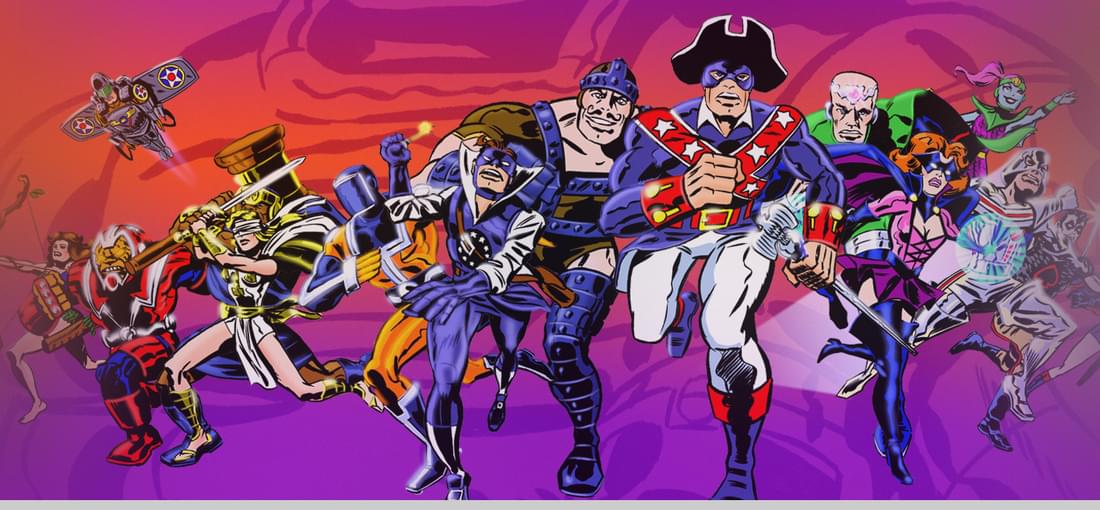
At first, I wasn't particularly enthralled by FF. Neither the writing nor voice acting were a strong point at the start, and the fact that you only control a limited set of heroes with equally limited abilities at first didn't leave much room for tactics. However, the more I played, the more I grew to like what I was playing. With more enemies and heroes becoming available, the depth of the combat started to shine, as the attacks and defenses of both heroes and foes have certain damage types associated with them, which is why composing one's team to counteract weaknesses and exploit strengths becomes increasingly important. The game can be paused at any time, making it easy to coordinate stun attacks, ranged blasts, and so on. In addition, once I became accustomed to the cast of original characters, I could appreciate how well-done they were, nicely echoing the heroes of the silver age of comics. While the plot isn't particularly intruiging, it keeps thing moving enough to actually care about what happens. Still, there are some issues. The balance between heroes is very much off, as some are hilariously bad, while others are grossly overpowered. Supercollider, for instance, could be pitted against ten Blackbirds and would easily come out on top. Furthermore, the controls can be irritating, as zoom is limited, and selecting heroes in combat requires precision to where it's more convenient to use hotkeys. Furthermore, given the wide range of potential cast members, there aren't that many opportunities to use and develop your heroes as much as I wanted to, leaving me wanting. On a technical level, I had no issues whatsoever—the game ran stable and without issues. In short, if you like squad tactics and 60s comic book aesthetics, Freedom Force is absolutely worth playing.
By and large, Silent Storm (S²) is quite similar to a game like Jagged Alliance 2. You have a team of six soldiers, and need to duke it out with enemy soldiers in round-based combat, where every action costs action points. There are six character classes, each with different abilities and their own skill tree, and experience is gathered mostly through killing enemies. What makes S² special is its scenario and level of detail. While set in a World War 2 scenario, S² is only partially authentic. The weapons and their ammunition have historic counterparts, but you also have armored body suits and beam weapons, so the game isn't realistic in that regard. Rather, realism is present in how the game world functions, as everything in the game is physicalized. When you drop a weapon, it'll move according to gravity, ballistics and bullet penetration are simulated, and with enough firepower, entire buildings may be leveled. When handling explosives, you may even blast a hole in the ground, and be required to traverse through the cellar. Accordingly, the game always feels dynamic and thrilling, even though you're essentially doing the same thing for dozens of hours. That said, S² requires patience. When your enemies or allies perform their actions, all you can do is watch, and early on, you'll have a hard time hitting enemies point blank, prolonging engagements even further. The expansion, Sentinels (S³), does a lot to fix many of the flaws of S²: turns are shorter, you're able to exit round-based combat more quickly, missions are more compact, and there is also a loot screen at the end of each mission, so you don't have to go around to pick up things yourself. In S³, everything has a price, including weapons and soldiers, which adds an additional layer of motivation. Hence, even if you don't like S², S³ might interest you nonetheless. Lastly, you may find S² crashing occasionally, which is solved by lowering graphics quality to medium.

Don't get me wrong, MK Trilogy is an excellent game full of content: every single character from the arcade games preceding it is included, and the gameplay has been further refined compared to MK3 and Ultimate MK3. In addition, while the UI and menu aren't ideal, the PC port featured here on GOG is quite serviceable as well, though due to having been ported from the Playstation, it doesn't look quite as sharp as the arcade version. Rather, the main issue with MK Trilogy is the singleplayer. While the arcade games have always been difficult, Trilogy ramps this up to a level where the only way to get through it is by cheesing the AI. In and of itself, that isn't much of a problem, but you could do the same in the DOS port of MK3, whose singleplayer is essentially the same, although with a more manageable AI and arcade-level graphics. Of course, MK3 has a much smaller roster, but since only a select few characters have the cheese capabilities required to conquer the singleplayer, much of Trilogy's roster is wasted for singleplayer anyway. Obviously, none of this matters for multiplayer, and this is where Trilogy shines. Setting up two players is easy, XInput controllers are supported natively, and the game plays beautifully. For those only interested in singleplayer, however, I'd rather get the DOS port of MK3, which is offered in a bundle with MK1 and MK2 for a fraction of the price of Trilogy here on GOG.
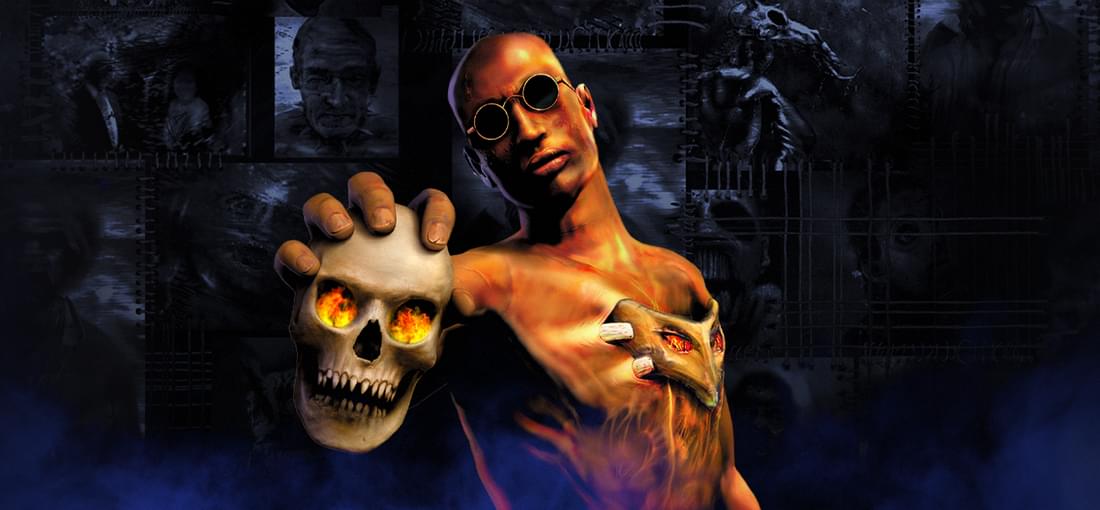
First of all, this is probably Nightdive's greatest remaster yet. Since only the source code for the stripped-down Playstation version has been preserved, Nightdive had to reverse-engineer the original PC version, and they've done so with great success. The remaster runs very smoothly, all textures are of much higher resolution, yet in line with the style of the rest of the game, and even modern effects such as dynamic shadows and depth of field fit in seamlessly. Coupled with the fact that the remaster also restores unused audio lines, weapons, and even whole levels, Shadow Man Remastered is without a doubt the definitive version of this game. Whereas the quality of the remaster is beyond dispute, Shadow Man itself is distinctly a matter of taste. Based on the graphic novel series of the same name, Shadow Man is a dark and brooding game, whose voodoo and horror themes are handled expertly, but the thick atmosphere created by the exquisite soundtrack and ambient sounds certainly isn't for everyone. In terms of gameplay, you play as the titular Shadow Man, who traverses Deadside to prevent the apocalype. To do so, one has to collect 120 souls, which are hidden across a vast and semi-open world. In good Metroidvania fashion, certain parts only become accessible after collecting specific abilities, so re-visiting locations is a frequent necessity. While the remaster gives some hints on what to do and where, keeping track of this huge world with its branching paths everywhere can feel overwhelming at first, which is why I'd actually recommended consulting a walkthrough to get a general idea of how to approach the game. The lack of a map of sorts is the only flaw the remaster arguably has, together with the fact that some of the later levels aren't as captivating as the earlier ones. Still, if you enjoy a dark, well-written and acted tale consisting of shooting, platforming, and exploring in the most literal sense, the world of Shadow Man is well worth visiting.
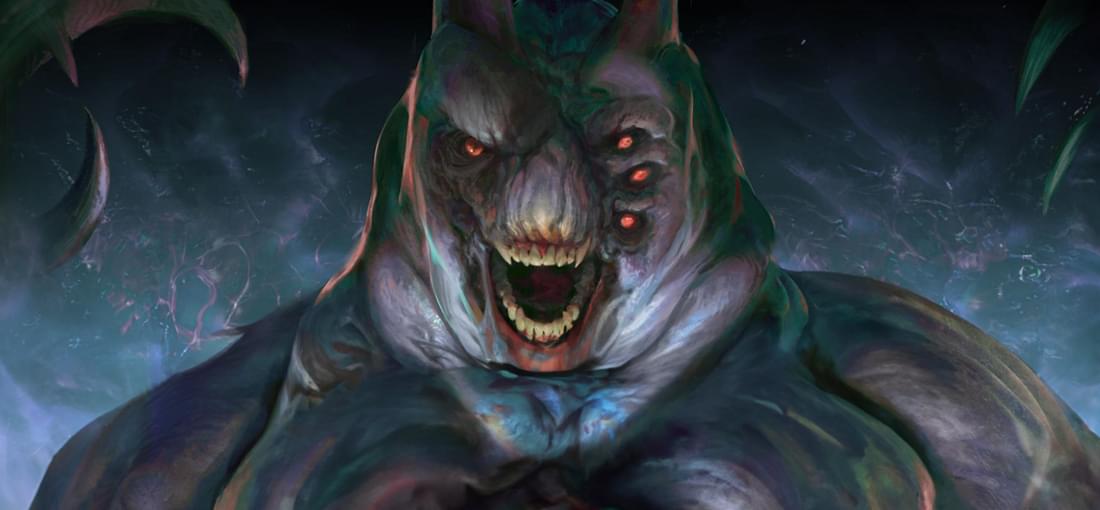
Regardless of what one thinks about Turok 1 and 2, it is inarguable that these games at least had redeeming qualities. The same cannot be said about Turok 3. Where the levels in Turok 2 were overly complex and large, Turok 3 goes into the other extreme. Levels are short and linear throughout, and gameplay consists of shooting baddies almost exclusively. Were the shooting anywhere near as good as Turok 2's, this may be a worthwhile prospect, but that is not the case. The few enemies not copy-pasted from Turok 2 and newly conceived for this game look and act very basic, and shooting them feels stiff and unsatisfying. Instead of jungles or alien worlds, you only get to traverse bleak urban environments. The attempt at wrapping the events of the game into a story comes across as amateurish at best, with comical writing and poor voice acting. By comparison, Turok 1 and 2 were much more sincere with their campy yet restrained "I AM TUROK!" attitude. The fact that this phrase isn't even yelled at any point pretty much says it all. Even when playing on Hard, beating Turok 3 in less than three hours is very doable. Of course, many will suggest to do another playtrough with the second character, but doing so is hardly worthwhile, as the only difference between them are their weapons (basically meaningless) and whether they use a grappling hook (Danielle) or crawling (Joseph) to get to the exact same places. Even at a discount, paying this much for three hours of boredom is very much not worth it. This is doubly unfortunate given that Turok 3 is among Nightdive's best remasters. All textures are of much higher resolution, the detail count has been increased across the board, and framerate has been unlocked. Too bad these efforts have essentially been wasted on a game this bland and boring.

Coming from the first Turok, Turok 2 may take some getting used to. Turok no longer moves at supersonic speeds, there are proper cutscenes now, and the game even tries to a tell a story. Thankfully, none of this lasts long enough to detract from what made the first game so enjoyable: meaty shooting against well-animated foes with more than two dozen weapons, with many of them exploding into gibs and bloods when shot. Turok 2 easily has the most enjoyable shooting in the series, and still holds up today in this regard. Those who disliked the platforming in Turok will be pleased to hear that this has mostly been done away with. The hub-based system, on the other hand, has been retained, as you visit each level from a hub, and you need to find keys to unlock new levels. The number of levels has been reduced to six, but they are much larger and more complex compared to the first Turok. On top of finding keys, one also has to solve additional objectives, such as shutting down devices or rescuing prisoners, and none of these may be missed. The main challenge therefore becomes finding all these things, and this is where Turok 2 overdoes it. As the game progresses, the levels only become larger and more complex, and the last three levels in particular test one's patience, as they consist almost exclusively of samey looking corridors over, and over, and over again. In addition, in classic Metroidvania fashion certain sections only become accessible later on, so good luck finding those specific spots many hours later without consulting a walkthrough. Accordingly, the greatest addition introduced by this remaster are the objective markers, which purists may detest, but which make the game merely playable in the first place, as you could be wandering a level for hours looking for some switch in a dark corner without them. Overall, Turok 2 oozes ambition, but you'll likely do yourself a favor quitting after the first three levels, as it'll only get worse from that point on.

Turok is from a time when expectations towards an FPS were different. You play as Turok, a guy we know nothing about, aside from his uncanny ability to run at ludicrous speeds, and even faster when going diagonally. The only line ever uttered by the protagonist is "I AM TUROK!," and the game never goes beyond this state of mind. Not even an attempt at providing a story or purpose for what you're doing is made, and frankly, this is not to the game's detriment. Turok scores where it really matters: the levels are vast and intricate, enemies plentiful, and the weapon roster is extensive to where you'll quickly run out of keys on your keyboard. Turok uses a hub-based level system, meaning you get to to travel to each level from a central hub, and in order to unlock new ones you need to collect keys. These are sometimes more and sometimes less well hidden, though the automap is quite helpful in finding one's way through the levels. Aside from shooting humaoids, dinosaurs, and alien creatures, one also gets to do a decent bit of platforming, which can be nerve-recking at times, albeit in a good way, as the game uses a checkpoint/save station system. In terms of difficulty, the game is somewhat unbalanced. Normal can be beaten without any effort, to where losing health becomes harder than filling it up again. Hard on the other hand quickly becomes stressful, since several hitscan enemies can empty one's health bar in seconds, and once you run out of lives it's game over, not to mention that enemies respawn quickly while ammo does not. In addition, some mechanics such as maximum health increases are not present on hard difficulty at all, making things even trickier. Thankfully, the game allows changing the difficulty at any time, so one can start on hard and switch to normal during the tougher parts no problem. The remaster by Nightdive is excellent as always. The original aesthetic is preserved, and the game runs great throughout. All in all, an easy recommendation.
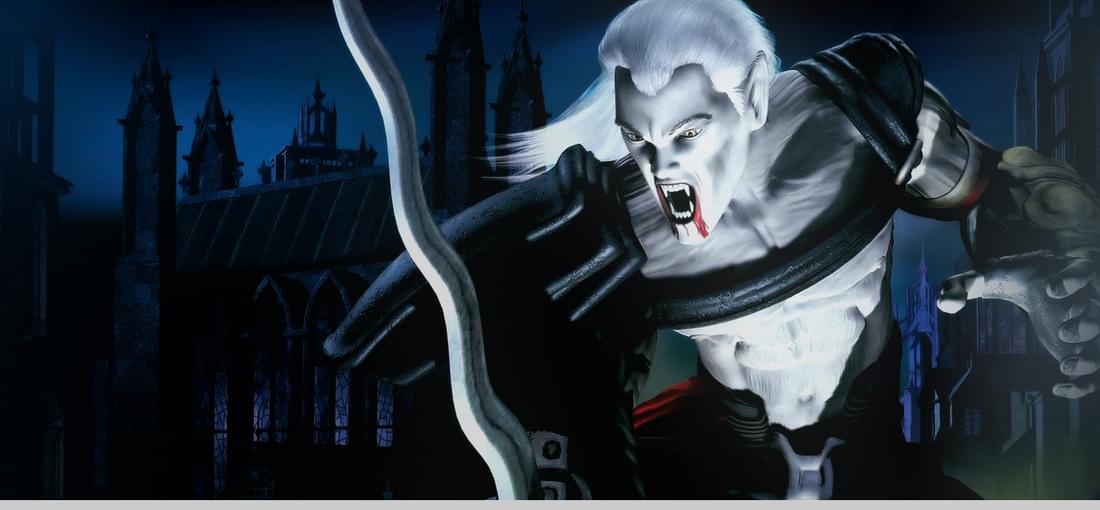
First of all, if you want to get this running at all, make sure you're using the Re-Vamped mod, which has been done by the same people that made Soul Fixer for Soul Reaver 2. Whether you should try to get this running in the first place is a different matter, however. For both Crystal Dynamics and Eidos, Blood Omen 2 was little more than an afterthought, as evidenced by the fact that its story and setting largely contradict the games that came before it, and only its sequel, Defiance, was able to reconcile these differences. The plot itself is nowhere near the epic tale the previous games in the series told, and about the only interesting thing about it is the character of Kain himself, whose well-acted commentary adds a pleasant layer of malignancy to everything that happens. As for the actual gameplay, this was never the series' strength, and Blood Omen 2 is easily the low point in this regard. The puzzles are so simple that they do little but waste one's time, and the combat is tedious at best. Kain can do a basic 3-hit combo, and he can block, but only normal attacks, whereas stronger attacks go right through it. Unfortunately, Kain lacks proper tools to avoid these power attacks reliably, which is why you'll often be taking hits you shouldn't be taking, if the controls were more responsive. The combat loop basically amounts to blocking until the rage meter is filled, entering rage, repeat, until you get to see the bloodsucking animation, over, and over, and over again. The game never gets more interesting than that, and it is a far too long game for how boring it is. You walk a linear path, only broken up by the occasional (unskippable) cutscene, and that is it. What's worse, when I once again died to a power attack and loaded a checkpoint, the game freezed, which also deleted my entire progress. At that point, I've had enough, and decided to delete the game in retribution.
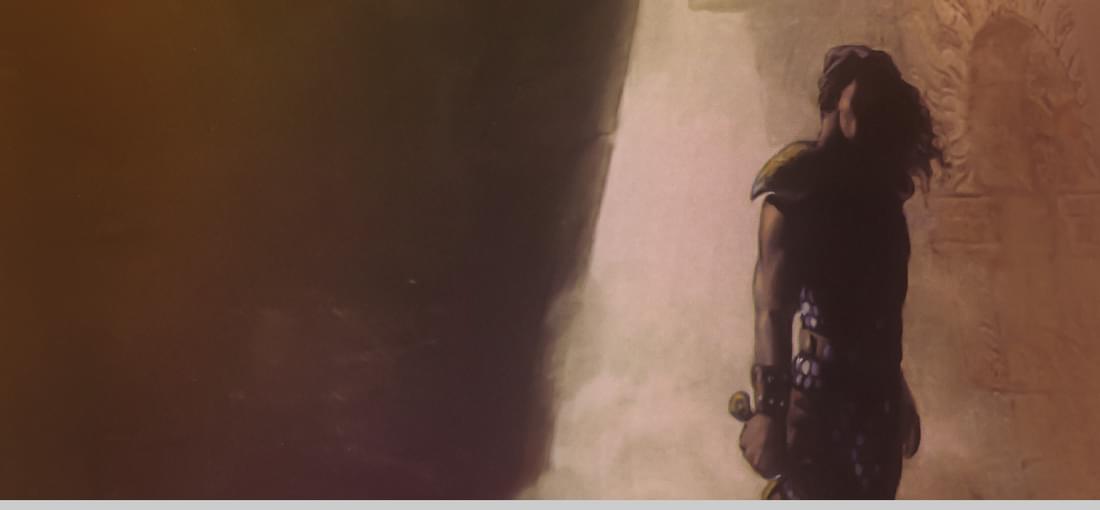
Arx Fatalis is often referred to as an "immersive sim," and for good reason: Much like in System Shock (1994), you can interact directly with your surroundings through a cursor, drag objects around, roast meat, and so on. The controls are rather simple, but some actions are more cumbersome than they'd need to be. As an RPG, on the other hand, Arx Fatalis is a very basic game. For 95% of the time, you'll be pursuing the main quest, conveyed solely through voice-acted cutscenes, and without the ability to insert player agency through dialogue options or similar. The plot is far from interesting, and story progression can be sloppy: For instance, there is a scene where a city gets invaded, and the cutscene tells me that the outpost before the city got ravaged first—the same outpost I entered the city through a minute earlier, and which was completely intact. There are maybe five side quests in total, and doing those can be safely skipped, as the maximum character level is capped at 10, and you'll be just fine at a lower level. This is due to the fact that Arx Fatalis clearly favors a specific build: Melee for fodder-type enemies such as rats, which you'll still be encountering in the penultimate dungeon, and magic to deal with the tougher foes, which are close to unbeatable otherwise. As long as one sticks to this build, combat in Arx Fatalis won't be difficult at any point. The challenge mostly comes from the puzzles, which often are obtuse, as the game typically provides no hints whatsoever, and due to the immersive sim-type of design, it's not always clear what can and cannot be done. I ended up resorting to a walkthrough, which of course is a very boring way to play, but necessary more often than not. Thankfully, the game isn't too long, but looking back, I wish I had quit instead of finishing it. If you're curious regardless, at least make sure you're using the Arx Libertatis source port, which enhances the game on just about every level.
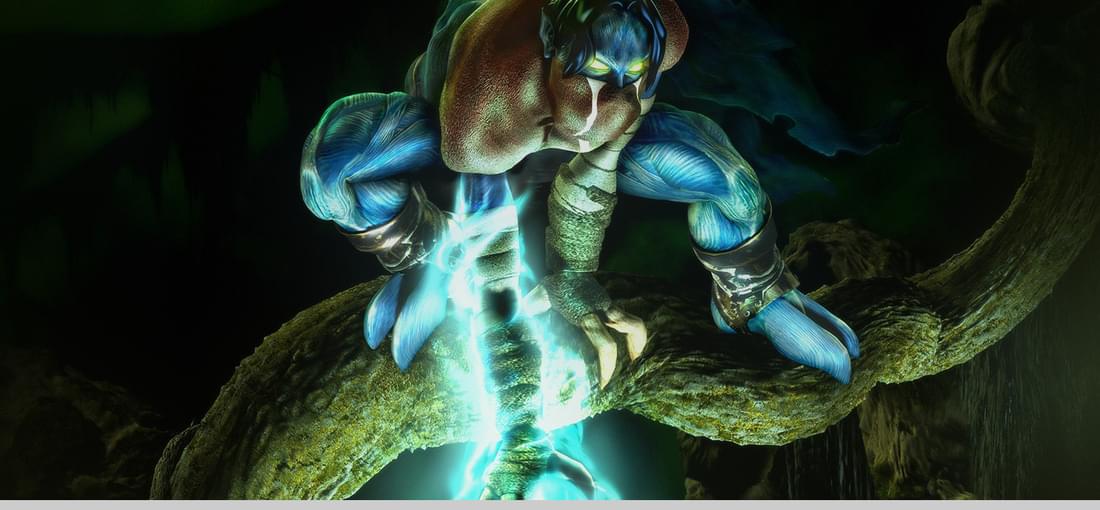
First of all: Play this with Soul Fixer. It addresses multiple bugs, introduces support for XInput controllers (not in menus though), and improves the game on just about every level. Soul Reaver 2 differs from both Blood Omen and Soul Reaver in that it presents a smaller-scale and largely linear world. You start at a majestic-looking stronghold, to which yo return several times, and from there, you traverse to dungeons of sort, typically in order to get a new elemental type for your titular soul reaver (wraithblade). The paths between these locations are adorned with enemies, whose primary purpose consists in slowing the player down. The combat is shallow and unsatisfying, and since dying is difficult to impossible, there is little reason to waste time battling foes, not unlike in Blood Omen, where fighting does nothing except waste time and blood. Occasionally, you'll be locked in with enemies which need to be defeated before being able to progress, though the greatest enemy during those encounters is the camera, which often does nothing but obstruct one's view. The other gameplay element are puzzles, which are typically encountered in the aforementioned dungeons, and these are easily the most fun part of the game. Their design is quite creative, and their solution is neither overly obtuse nor plainly obvious. Aside from gameplay, you'll be spending a decent portion of the game watching cutscenes, in which our protagonist, Raziel, narrates his own story. Between excellent voice acting, good writing, and a fitting score, most of the atmosphere is created during these narrative sequences. That said, the almost cinematic presentation can be irritating, in that Raziel continually recounting his own story introduces a certain level of self-detachement from these very events unfolding. In any case, if you enjoy a well-presented story, don't mind repetitive gameplay, and are familiar with Blood Omen's plot in particular, then Soul Reaver 2 is worth playing.